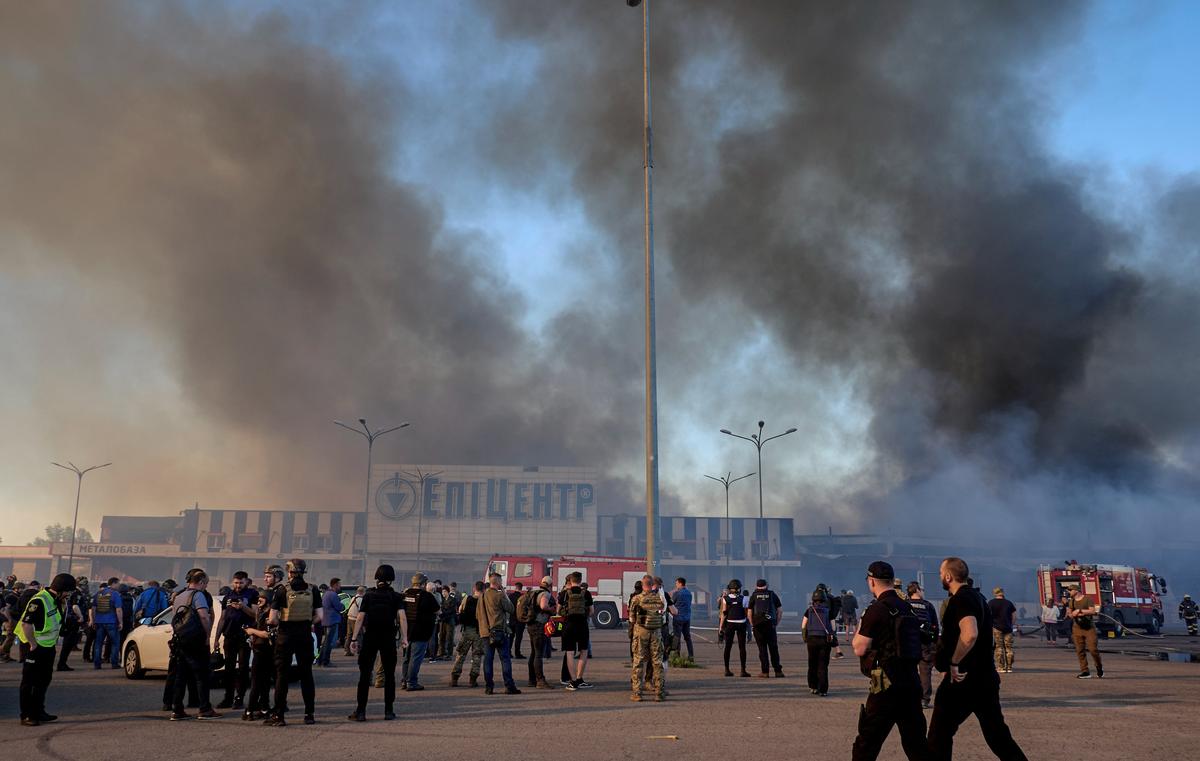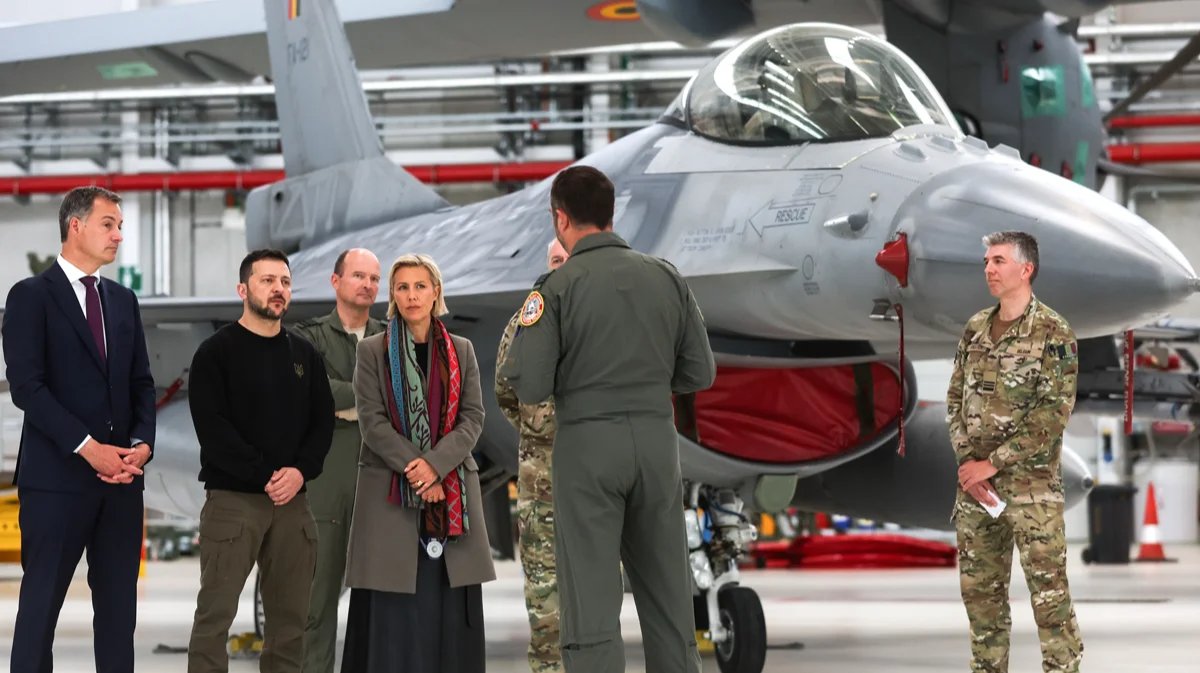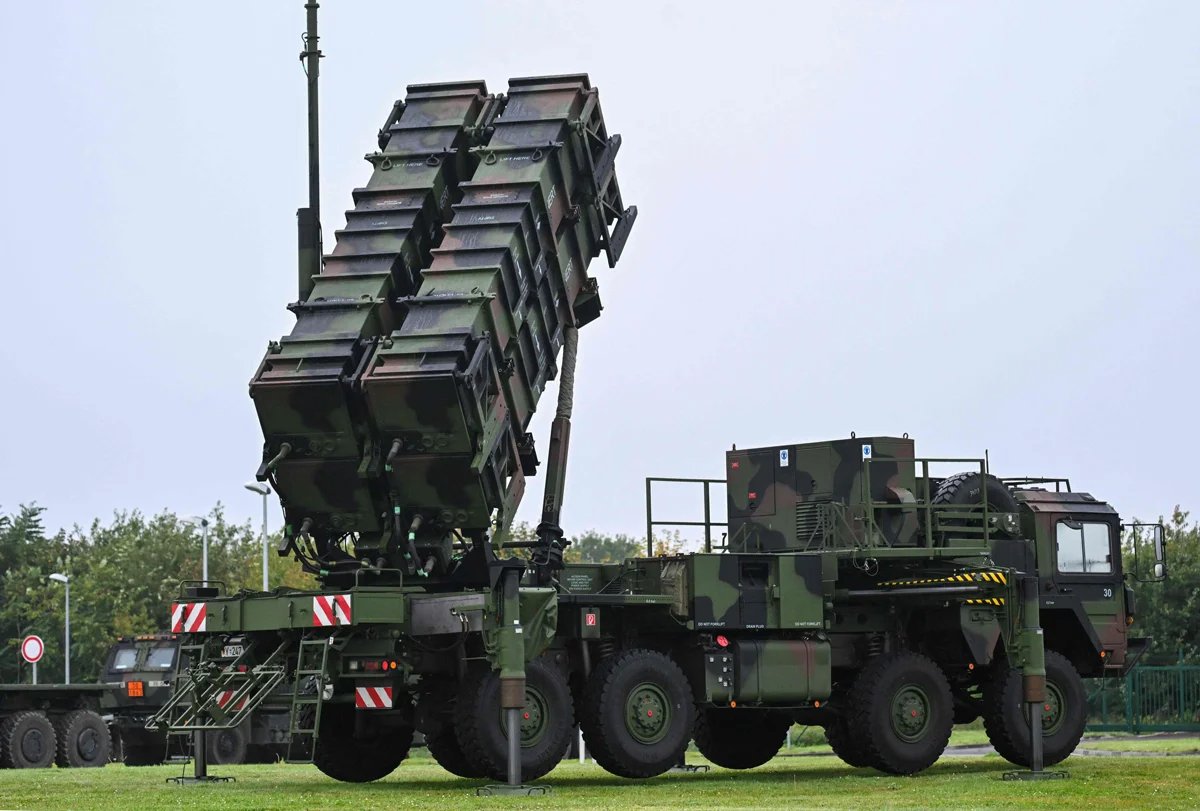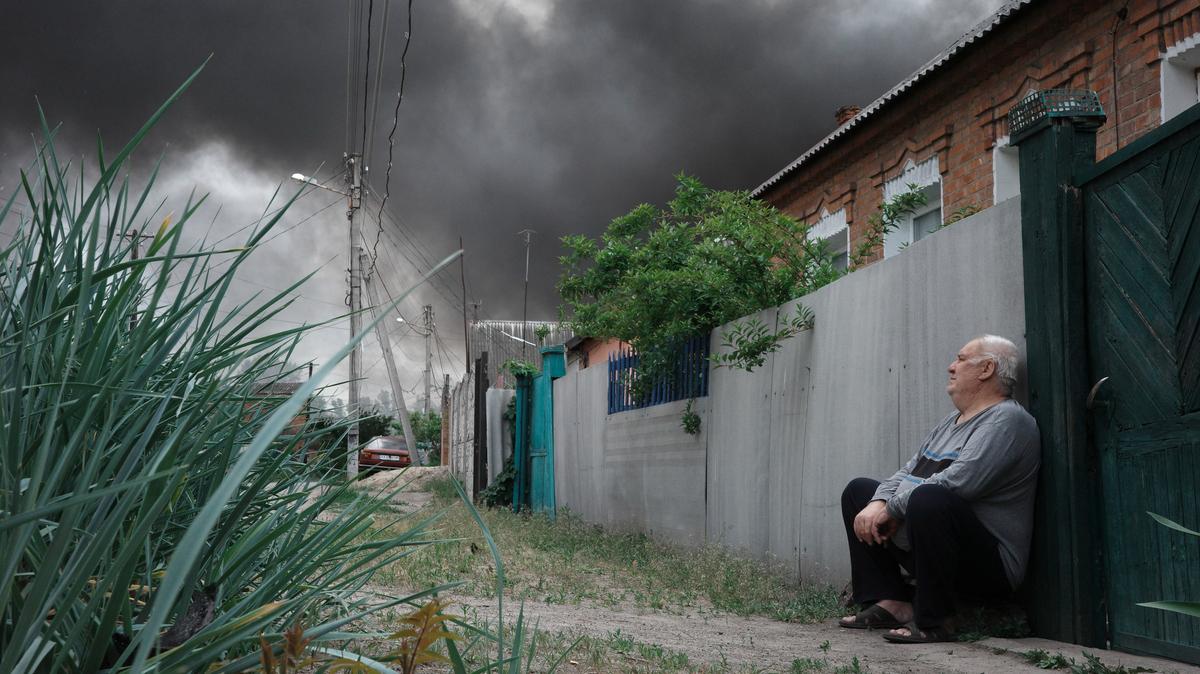Politico reported this week that the German government was “cautiously ditching its reservations” about allowing Ukraine to strike military targets inside Russia with donated arms, a policy reversal that was subsequently confirmed by Der Spiegel on Friday. German Chancellor Olaf Scholz, who was previously against Ukraine striking Russia with German weapons, appears to have had a change of heart.
In earlier comments, the High Representative of the European Union for Foreign Affairs and Security Policy, Josep Borrell, said that while there was no common European position on the issue, several countries openly supported allowing Ukraine to strike Russia with allied-supplied weapons. The leaders of France and the UK have both expressed similar views. Scholz’s new position comes amid news that US President Joe Biden has now also quietly given the nod for Ukraine to use Washington-supplied weapons when striking Russia.
As Western politicians and officials continue to wrangle over the issue, Novaya Gazeta Europe asked military experts what the significance of the move was, and what the Armed Forces of Ukraine (AFU) might target first.
Land and air
“Ukraine needs to strike Russian territory to win the war,” says Pavel Luzin, a senior researcher at the Washington-based Centre for European Policy Analysis. “And the more opportunities it has, the more effective those strikes will be and the greater their result. It needs to strike not just oil refineries, but airfields, air defence systems, radar stations, and important military units, including army and military district headquarters. It’s already doing that with drones, but missiles are much more effective. It also needs to strike businesses that form part of the Russian military-industrial complex.”
“The Russians use the areas bordering Ukraine to launch missile strikes on civilian targets,” says Roman Svitan, a military expert and reserve AFU colonel.
The glide bombs Russia is using are causing significant damage both to Ukrainian defence systems and to civilians.
“There are S-300 systems near Belgorod which are used to attack Kharkiv. They are within the range of the US-supplied ATACMS missiles,” Svitan continues. “Western Patriot and SAMP/T air defence systems could shoot down Russian bombers which drop bombs over Russian territory that then glide to Kharkiv and kill civilians there.”
“There was one successful air ambush [on 13 May 2023] in the Bryansk region near the village of Klintsy, when Patriot surface-to-air missiles shot down a Sukhoi Su-35 fighter, a Su-34 bomber and three helicopters. That shows how effectively Western weapons can be used.”

The aftermath of a Russian glide bomb attack on a busy hypermarket in Kharkiv, Ukraine, 25 May 2024. Photo: EPA-EFE / SERGEY KOZLOV
Svitan says he’s unsure exactly how the AFU managed to carry out an ambush in Russian airspace in May 2023 using the US Patriot air defence system. However, he does say that the glide bombs Russia is using are causing significant damage both to Ukrainian defence systems and to civilians.
“We are seeing a slow evolution among Ukraine’s allies on allowing the use of Western weapons against targets on Russian territory,” Israeli military observer David Sharp told Novaya Europe. “But the first Russian Volunteer Corps fighters who made incursions into Russia were carrying Belgian assault rifles. That fact alone caused quite a stir. And HARM anti-radar missiles have attacked Russian air defence systems in the Belgorod and Kursk regions. The use of Czech Vampire multiple launch rocket systems (MLRS), similar to the Soviet Grad system, is also being discussed.”
Even conventional artillery and MLRS, Sharp says, can be used very effectively against Russian troops amassing on the border with the Kharkiv region.

Volodymyr Zelensky visits the Melsbroek Air Base near Brussels with Belgian Prime Minister Alexander De Croo and Belgian Defence Minister Ludivine Dedonder, 28 May 2024. Photo: Olivier Hoslet / EPA-EFE
According to Svitan, Sweden has already permitted Kyiv to use its weapons to target Russia, including its Archer self-propelled howitzer systems, which can fire conventional ammunition with a range of 60 kilometres. While that is not far enough to destroy Russian missile launchers used to target Ukraine, any Russian units massed near the border will still be in considerable danger.
“The Russian military can no longer easily build up troops on the border with Ukraine to stage an attack like the one we saw in the Kharkiv region,” Ian Matveyev, a military analyst with slain opposition politician Alexey Navalny’s Anti-Corruption Foundation, told Novaya Europe. “There will be difficulties in logistics, and Russian aircraft will have to be transferred to airfields further away. The airfields and air defence systems will feel the greatest effect. An ATACMS missile could do significant damage. But military bases in the border area will also come under attack, as could some bridges and infrastructure.”
“The problem is that the supplied missiles have a limited range of 300km, so Ukraine needs to continue efforts to create its own longer-range missiles,” says Luzin. “It also needs to cooperate with allies and they have to be willing to supply the necessary components.”

A Patriot missile system, 23 October 2023. Photo: Ina Fassbender / AFP / Scanpix / LETA
Obvious target
Sharp says there are a number of very attractive targets in Russia within range of the weapons provided to Ukraine by its allies. The British authorities have come out in favour of Ukraine being allowed to fire Western weapons at Russian territory, but it is not yet known whether attacks using British Storm Shadow missiles have already been carried out. That may change in the coming days.
“Quite aside from the obvious military impact, the very fact of being able to strike Russia with powerful Western weapons could create a deterrent,” Sharp adds. “If Russia understands that important equipment … is within range of Ukrainian weaponry, it may be more cautious about attacking Ukrainian cities.”
“If Russia understands that important equipment is within range of Ukrainian weaponry, it may be more cautious about attacking Ukrainian cities.”
Svitan is sure that other NATO countries will quickly follow Biden’s lead, allowing the AFU to set its sights on military facilities within a 300 km-range of the border, specifically targeting Russia’s Bryansk, Kursk, Rostov, Belgorod and Voronezh regions will all be affected.
“ATACMS missiles could hit the S-300 missile launchers and airfields where Russian bombers are currently based. There are about 40 such facilities housing Sukhoi Su-24s and Su-34s that attack Ukraine. There are significantly fewer such airfields further from the border with Ukraine. By moving aircraft further afield, Russia will be forced to increase flight time, meaning the number of combat sorties will decrease.”
Svitan stresses that allowing AFU strikes inside Russia won’t automatically be a game changer that alters the entire course of the war. The units currently amassed in Russia for the offensive on the Kharkiv region could easily be dispersed in order not to become sitting ducks for the AFU, Svitan points out, adding that even so, in that case, Russian manoeuvres would nevertheless be significantly disrupted and its logistics significantly complicated. It’s no surprise then, that the AFU’s expanded military options in eastern Ukraine present it with significant new opportunities.
Join us in rebuilding Novaya Gazeta Europe
The Russian government has banned independent media. We were forced to leave our country in order to keep doing our job, telling our readers about what is going on Russia, Ukraine and Europe.
We will continue fighting against warfare and dictatorship. We believe that freedom of speech is the most efficient antidote against tyranny. Support us financially to help us fight for peace and freedom.
By clicking the Support button, you agree to the processing of your personal data.
To cancel a regular donation, please write to [email protected]

